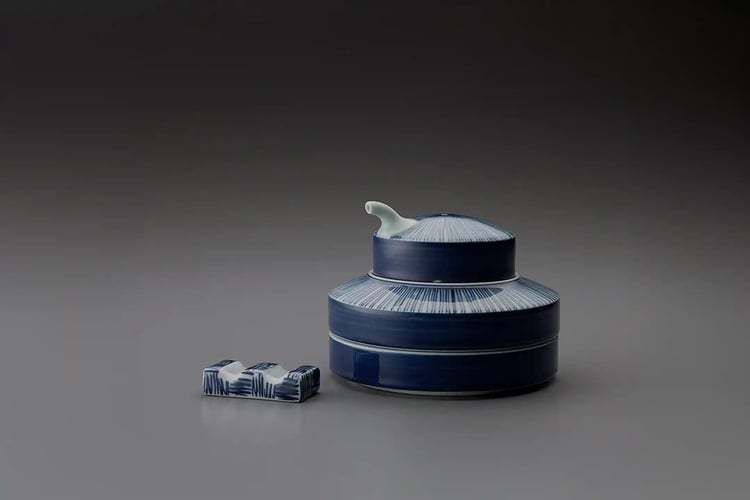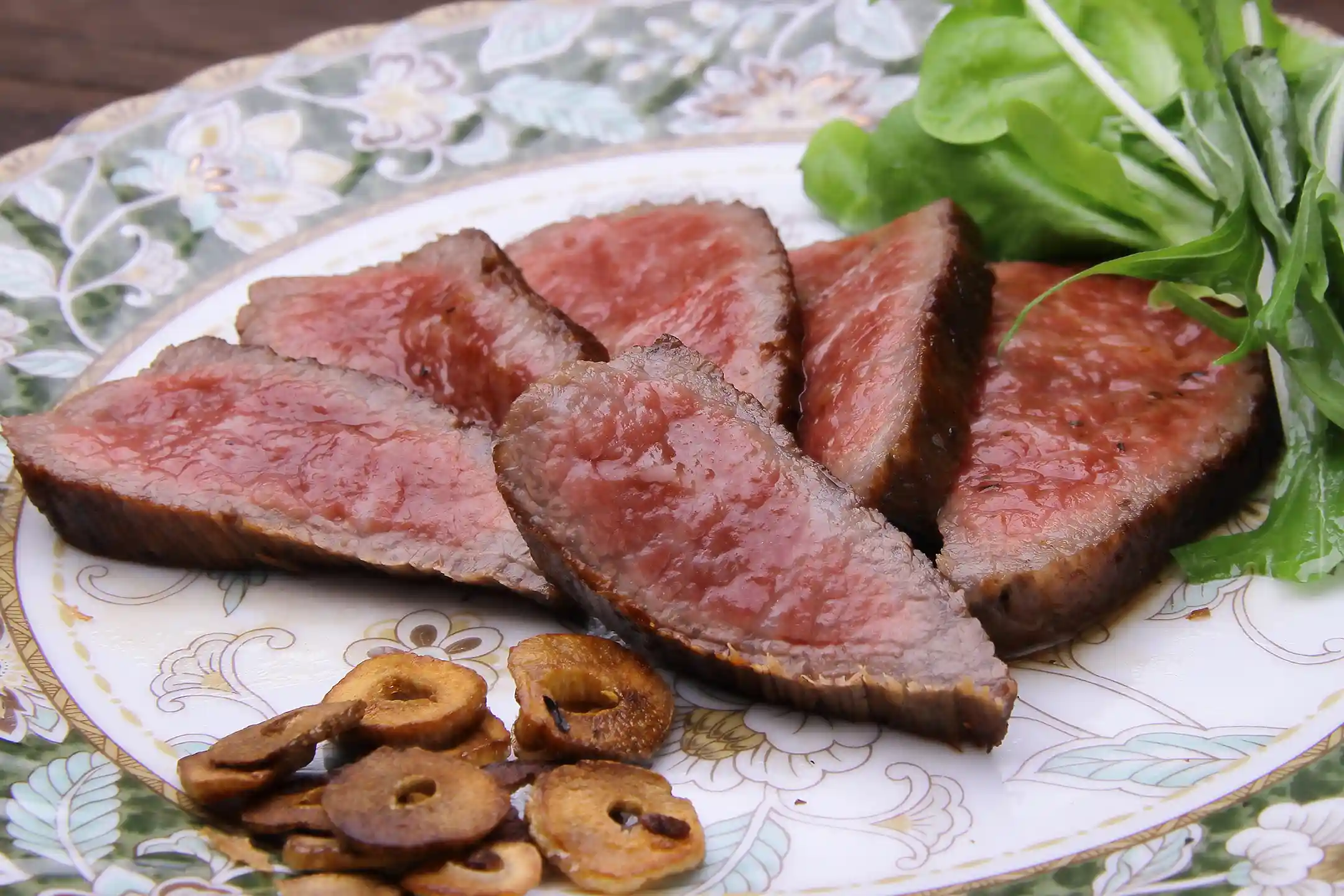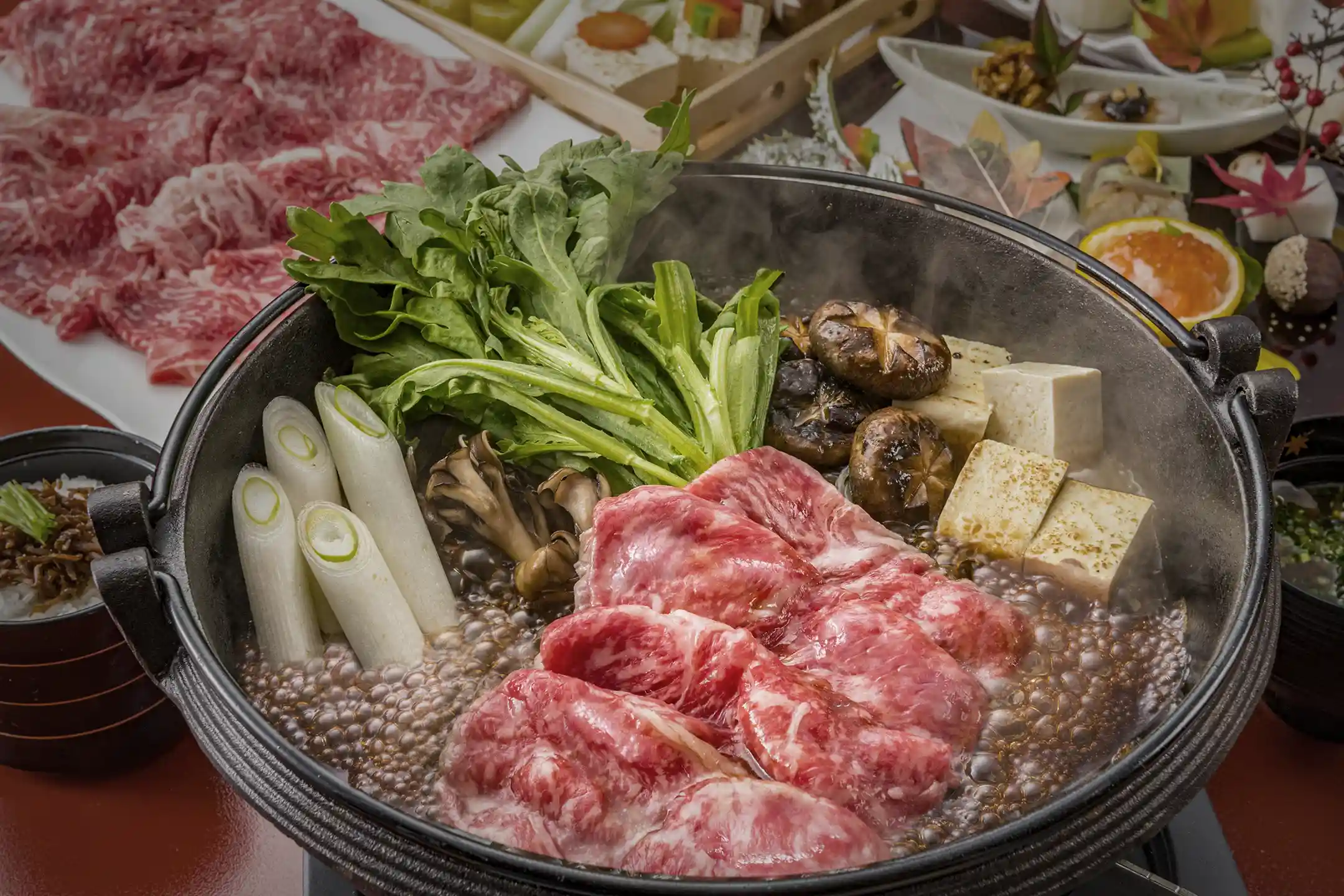As you travel throughout Japan, you’ll notice that each region has its own long-standing history and distinctive cultural traditions that continue to inspire new forms of artistic expression. While Western art museums often focus on individual masterpieces, in Japan, the appreciation often extends to the setting and even the process of creation.
When you visit a traditional lacquerware or ceramics workshop, you’ll see artisans blending time-honored techniques with contemporary ideas. This balance of innovation and heritage reflects Japan’s openness to outside influences and its constant refinement of artistic sensibilities.
In historic castle towns, old streets coexist alongside modern art installations. Viewing a town’s architecture and layout as “living art” helps bring its history closer to you.
Engaging with local guides or artists can also give you deeper insights, revealing that these traditions are not just relics of the past but living aspects of the culture. For the best experience, plan your route and museum visits ahead of time. This preparation allows you to fully appreciate how each piece fits into its regional and cultural context.
Regional Cities Offering Experiences in Traditional Crafts and Contemporary Art
For example, in regional cities like Arita in Kyushu (famous for its ceramics) or Wajima in Ishikawa (renowned for its lacquerware), you’ll find workshops that welcome visitors and even let you try the craft. You can watch artisans at work, see collaborations between traditional craftspeople and modern artists, and witness how tradition and innovation come together.
When you explore these workshops, remember that Japanese culture places great importance on “inheritance” — passing down skills through generations — more so than on individual artistic genius. Keeping this perspective in mind will make the experience even richer.

Learning Local History through Architecture and Interior Design
In many regional cities, traditional architecture is creatively blended with modern design. For example, you might sip tea in a café that used to be a samurai residence. Such spaces often reflect the local landscape and beliefs, giving you a deeper sense of the area’s history. When you compare them to Western buildings, you’ll notice how Japanese design makes distinctive use of space and materials, revealing enduring architectural traditions.
Enjoying Regional Museums and Galleries: Maximizing Your Visit with Expert Guides
Local museums and galleries across Japan each tell the story of their region through art and artifacts, and many offer workshops or talks that provide additional cultural and historical context. By hiring a guide or joining a private tour, you can uncover stories and details that you might otherwise miss. These deeper connections can turn a simple museum visit into a highlight of your trip, giving you a renewed appreciation for Japan’s cultural heritage.
Traditional Japanese Music: Zen Spirituality Expressed Through Koto, Shamisen, and Shakuhachi
Koto, shamisen, and shakuhachi are traditional Japanese instruments with sounds very different from Western music. Western classical pieces often build with harmonies and layers, but Japanese classical music finds beauty in silence and the pauses between notes — an idea influenced by Zen philosophy.
For example, a koto’s notes fade delicately into silence, creating a sense of subtlety and space. Meanwhile, the shamisen and shakuhachi contribute lively rhythms and breathy tones, together inviting you to connect with nature and embrace the “emptiness” at the heart of Japanese spirituality.
Intimate salon concerts now let you experience these instruments up close, sometimes sitting just a few feet from the performer. You can also visit instrument makers’ workshops to see the craftsmanship that goes into each koto or shamisen, deepening your appreciation for these musical arts.
Hands-On Workshops for Koto, Shamisen, and Shakuhachi
Joining a hands-on workshop is one of the best ways to appreciate these instruments, even as a beginner. If you already play a Western instrument, you’ll be fascinated by how different the techniques and tones are. Trying these instruments yourself — plucking a koto’s strings, strumming a shamisen, or coaxing a note from a shakuhachi — gives you a unique insight into how Japanese culture blends sound with movement. This approach is deeply tied to Zen principles of simplicity and tranquility.
Regional Cities Rich in Culture and History: A Guide for Curious Travelers

While Kyoto gets much of the limelight, many of Japan’s regional cities have their own rich culture and history, each with treasures unique to that area. Visiting these towns gives you a fresh perspective on how local communities are structured and how their aesthetic traditions have developed over generations.
Chatting with local artisans, artists, or ryokan hosts will show you how deeply each region’s values are woven into the fabric of daily life. If you stay a bit longer, you’ll experience how traditional ways and modern life intertwine firsthand.
Recently, places like Kanazawa and the islands of the Seto Inland Sea (site of the renowned Setouchi Art Triennale) have gained international attention through creative cultural revival projects. Seeing an ancient festival celebrated alongside an avant-garde art installation might surprise you at first, but this blend of old and new highlights Japan’s adaptability and cultural openness
Kanazawa: Machiya Architecture and Kaga Yuzen Dyeing Tradition
In Kanazawa, you can stroll among elegant machiya (wooden townhouses) from the Edo period that blend samurai and merchant influences. These preserved streets evoke a warm nostalgia yet feel alive.
Kanazawa is also famous for Kaga Yuzen, a silk dyeing tradition that honors nature and the seasons. Watching artisans craft vivid patterns will give you a deep appreciation for Japan’s textile arts, even if you’ve never worn a kimono
Setouchi: Contemporary Art and Regional Revitalization Projects
The islands of the Seto Inland Sea have become a canvas for innovative art projects that rejuvenate local communities. These installations are often woven into everyday life in unexpected places. Talking with locals reveals how these initiatives connect nature conservation with community development. They energize the region while honoring local traditions through collaborations with international artists.
Kurashiki, Hida-Takayama, and Onomichi: Rich History in Small Japanese Cities
The small historic cities of Kurashiki, Hida-Takayama, and Onomichi may be modest in size, but they are big on charm and heritage. Each town takes pride in preserving its past and warmly welcomes you into the community. Walking through their streets, you’re not just a tourist — you’re part of a living story that makes your visit enriching.
A Journey to Noto Peninsula: Indulging in Traditional Crafts and Rich Culinary Culture
Wajima Lacquerware and Noto Jofu | The History of Traditional Crafts and the Joy of Visiting Workshops
When you visit the Noto Peninsula, one of the first things you'll encounter is the beauty of Wajima lacquerware. Imagine artisans carefully shaping wood, applying layers upon layers of lacquer, and meticulously decorating each piece by hand—it's a process filled with patience and precision.
Across Asia, lacquer crafts have a rich history, but in Japan, there's something uniquely personal about the dedication to craftsmanship. Here, durability meets elegance in everyday items designed to enrich your life (*1). As you explore the workshops, you'll sense the fascinating influence of historical trade and cultural exchange woven subtly into every creation.
Then there's Noto Jofu, a beautifully airy fabric made from hemp, perfectly suited to the local climate. Visiting the workshops, you can watch artisans lovingly spin, dye, and weave each thread, seeing firsthand how life and art blend into something extraordinary. It's a chance to experience a more thoughtful, slower pace of creation—so different from the mass-produced textiles you're familiar with. Understanding this approach can spark a new appreciation for why handcrafted traditions still thrive today.
Noto's Satoyama and Satoumi | The Appeal of Sustainable Tourism and Ecotourism
When you explore Noto, you'll quickly notice how seamlessly mountains and seas coexist, creating vibrant ecosystems. The Satoyama and Satoumi landscapes aren't just picturesque—they're a globally recognized treasure, blending age-old agricultural practices with modern sustainability (*2).
Many travelers from Europe and America find this harmonious relationship between nature and local life genuinely inspiring. Participating in eco-tours in tidal flats or forests offers you a meaningful chance to connect deeply with the community and nature around you. This goes beyond typical sightseeing; it's a profound, hands-on encounter with sustainability.
Renovated Traditional Houses in Noto Peninsula | Blending Local Culture with Sophisticated Interiors
If you picture traditional Japanese homes, you might imagine something quaintly historic. But Noto Peninsula invites you to experience charmingly renovated houses that seamlessly combine heritage architecture with sophisticated comforts.
You'll love discovering these homes, where ancient wooden beams and minimalist, contemporary touches come together effortlessly. Chatting with your hosts, you'll uncover captivating stories about each building, deepening your appreciation for the richness of history beautifully preserved within these walls.
Noto's Culinary Culture | Sophisticated Gourmet Spots Featuring Local Ingredients
Noto Peninsula is a food lover's dream, offering the best of sea and mountain delicacies. Imagine dining on dishes made from seafood freshly caught that morning, complemented by seasonal local produce at some wonderfully sophisticated restaurants.
Specialties like Agehama salt and renowned Noto beef represent generations of skilled artisanship. When you learn the stories behind these ingredients, you'll find yourself connecting deeply with Japan's tradition of gratitude toward nature. Even your first experience with Japanese cuisine becomes richer and more meaningful here, adding memorable layers to your travels.
Sustainable Workshops and Seminars for Learning Local Culture Workshops focusing on traditional
Japanese crafts such as washi paper-making, dyeing, and woodworking offer much more than creative souvenirs. These experiences immerse you in Japan’s culture, deeply connected with nature and sustainability. They encourage you to appreciate the beauty of mindful creation and resourcefulness—values contrasting sharply with mass production, providing you with a fresh, personal perspective on Japan's craftsmanship
Experiencing Japanese Local Culture and History through Smart Tourism (Digital Guides and VR Tours)
Smart tourism tools like VR and specialized apps are becoming a vibrant part of Japan’s travel experiences, vividly recreating historical scenes right at your fingertips. Engaging with these technologies beforehand enriches your journey, making the historical towns you visit even more fascinating.
Apps that locate EV charging points further streamline your travels, showcasing an innovative blend of tradition and technology, making your exploration of Japan both seamless and sustainable (*3).
Conclusion
A journey through Japan’s rich culture and history invites you to explore traditional crafts, music, architecture, contemporary arts, and cutting-edge sustainability—all at your own pace.
Cities like Kanazawa, Setouchi, Kurashiki, Hida Takayama, and Onomichi each offer unique cultural experiences shaped by their distinctive histories. Through immersive workshops and thoughtful encounters, you'll gain deeper insights into these places. Using EVs and smart tourism ensures you can travel efficiently and responsibly, savoring your experiences while preserving the landscapes and traditions around you.
Japan’s artistry and spirituality promise countless moments of discovery. Let the insights from this blog inspire your personal exploration—you're sure to experience many delightful surprises along the way.
Author Bio







/Kazunoko%20Matsumae-zuke%20(Herring%20Roe%20and%20Seafood%20Pickles).webp)